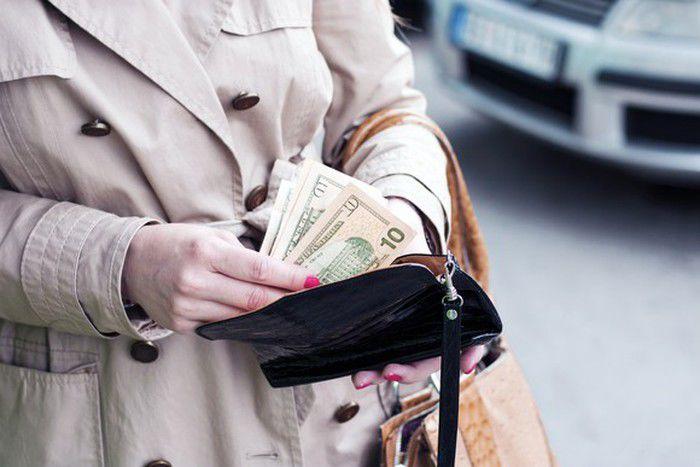
Go out to dinner with nearly any group of millennials and wait until the bill comes. Either everyone will pull out their credit cards, or one person will grab the check while the others take to their smartphones and use an app to transfer their share to the payee.
The first scenario, of course, is a pain for the waitstaff. They have to process a stack of cards while making sure everyone gets charged the right amount, and gets the correct plastic back. The second scenario though, demonstrates how far cash has fallen out of favor, especially among younger people.
It’s also in line with new data from Pew Research that shows that Americans in general are paying with cash significantly less often. The numbers aren’t overwhelming yet, but the change is happening, and it’s driven by younger consumers.
Fewer Americans are using cash in a normal week.
What’s happening?
Today, nearly 3 in 10 Americans make no purchases using cash during a normal week, according to the survey of over 10,500 U.S. adults. That’s up from 24% when the same study was last conducted in 2015. In addition, the percentage of people who said they make all or nearly all their purchases with cash fell from 24% in 2015 to 18% in 2018.
“Adults with an annual household income of $75,000 or more are more than twice as likely as those earning less than $30,000 a year to say they do not make any purchases using cash in a typical week (41% vs. 18%),” wrote Pew’s Andrew Perrin. “Conversely, lower-income Americans are about four times as likely as higher-income Americans to say they make all or almost all of their purchases using cash (29% vs. 7%)”
Age also plays a major factor. More Americans under 50 (34%) typically use no cash than those over 50 (23%).
In addition, the number of people who make sure they always have cash on hand has fallen from 60% in 2015 to 53% in 2018. “Americans under the age of 50 are more likely than those ages 50 and older to say they don’t really worry much about having cash on hand: 52% of 18- to 49-year-olds say this, compared with 38% of those 50 and older,” wrote Perrin.
A gradual evolution
Clearly, cash isn’t going away anytime soon, but it is becoming less relevant. Younger people generally have a higher comfort level with technology, and they tend to be comfortable with not carrying cash. That suggests that the percentage of consumers going greenback-free will steadily increase, if only due to changing demographics. In reality, the increase could be faster than the natural population turnover as all age groups become more comfortable with digital alternatives, and discover they have fewer reasons to have cash on hand.
That should happen as more companies offer mobile payment via app or checkout through digital options. The demise of cash is underway, but it’s a slow, chewing-up-the-scenery death scene that won’t be complete in the next few years.
























